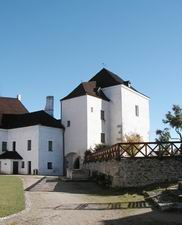
The originally Gothic castle towers on the rock spit above the valley of the Stropnice river on the western outskirts of the town Nové Hrady.
It was founded at the end of the 13th century by the Vítkovec family. It is first mentioned at the same time as the settlement around it in 1279 - it protected trade route to Austria. It was captured twice in the 15th century - for the first time in 1425 by the Hussites (it was burnt down) and in 1467 by the soldiers of the Czech higher nobility ("Panská Jednota"). Huge reconstruction started at the end of the 15th century, but in 1573 the castle burnt down. The reconstruction at the end of the 16th century was not so important and the castle was completely renewed at the beginning of the 17th century. General Buquoy with his soldiers captured the castle in 1620 for the last time and the castle became his property. The Buquoys used the castle for the forest office and for accommodation.
The oval layout with two gateways and a part of the curtain walls with four bastions have been preserved up till this day from the original building. The castle is accessible by two drawbridges.
The museum of glass, which contains the biggest collection of the black hyalite glass in the world, is located in the castle.
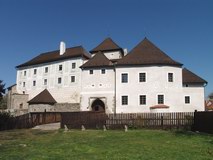 |
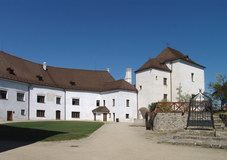 |
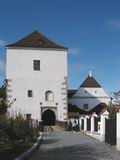 |
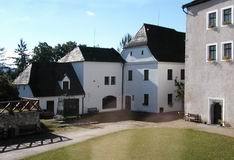 |
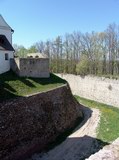 |